
Article Summary: Sequoia National Park Facts
Sequoia National Park Facts! In this article, More Than Just Parks provides you with 15 amazing facts about one of America’s most magnificent national parks.
More Than Just Parks is your one-stop-shop when it comes to learning everything you’ll need to know about America’s national parks. We’ve got expert guides, beautiful photos, helpful tips, breathtaking films and so much more.
I’ve been to so many of these amazing places since retiring from teaching in 2018. Did I mention that I taught history? I spent a lifetime teaching about the history behind some of these natural wonders. Then I got to see them firsthand. And now I’m sharing some of the incredible stories about these beautiful places with you. It doesn’t get any better than that!
More Than Just Parks takes a deeper dive with its national park facts. We’ve done our homework so that you’ll get more than you bargained for.
Without further ado, let’s dive in.
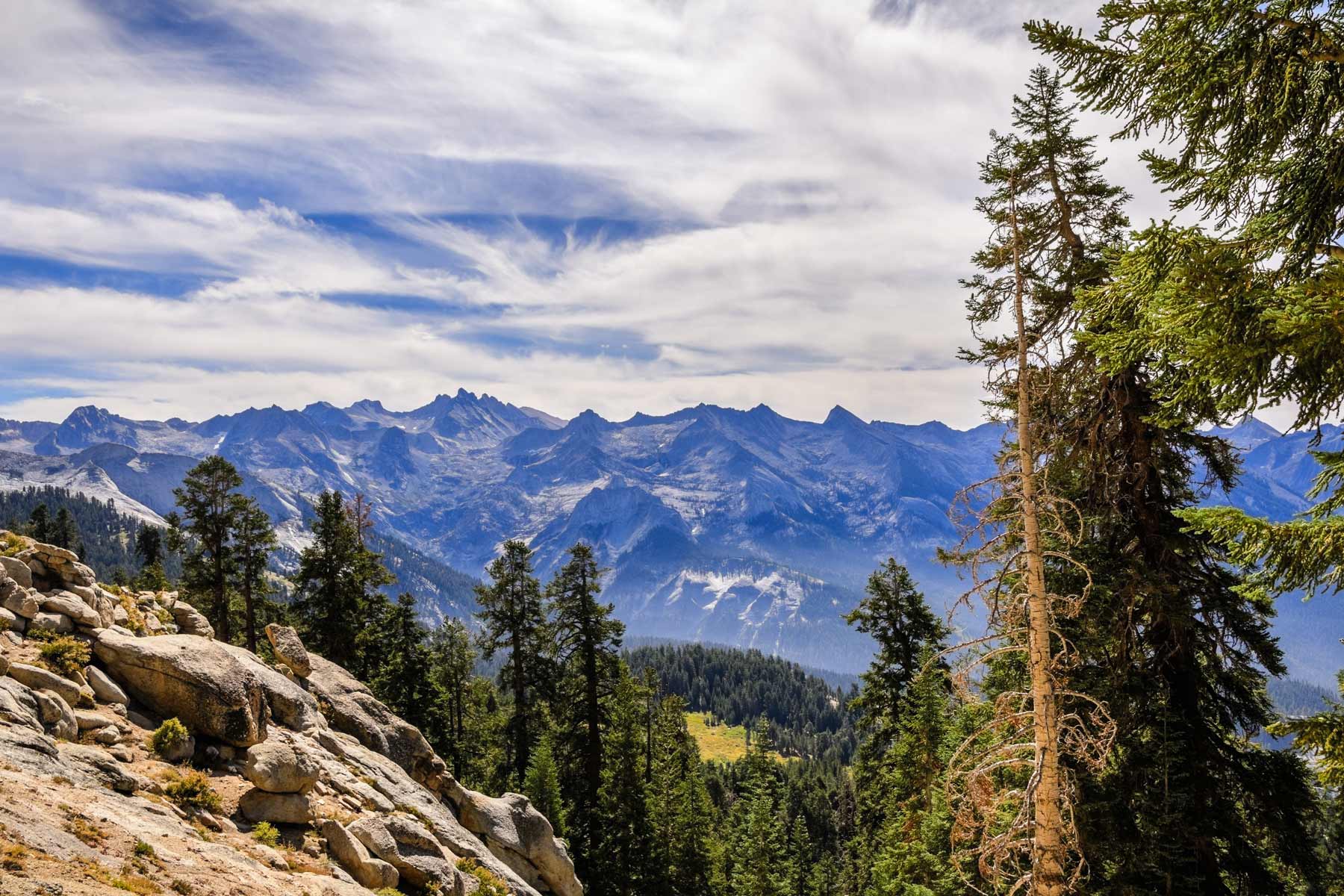
Table Of Contents: Sequoia National Park Facts
Sequoia National Park Facts
- Sequoia National Park Facts
- Sequoia National Park Facts
- Top 5 Sequoia National Park Facts
- 1. Native Americans Were The First To Occupy The Southern Sierra
- 2. The First Non-Native To Inhabit Sequoia Built A Log Cabin Which Remains To This Day
- 3. A Logger Turned Conservationist Became Sequoia’s First Superintendent
- 4. Sequoia Had The First African American Superintendent Of A National Park
- 5. Sequoia National Park Features The Tallest Mountain In The Continental U.S.
- Top 10 Sequoia National Park Facts
- 6. Sequoia Produced A Mountain Climbing Legend
- 7. A Photographer Helped To Expand Sequoia National Park
- 8. A British Officer Became Sequoia’s Most Successful Superintendent
- 9. Sequoia Features 2 Of The Most Amazing Trails In The United States
- 10. Sequoia Features A Tunnel Log & The Nation’s Christmas Tree
- Top 15 Sequoia National Park Facts
- 11. Sequoia Features The Nation’s Largest Tree
- 12. Over 95% Of Sequoia & Kings Canyon Are Wilderness
- 13. George W. Bush Was The First President Ever To Stay At Sequoia While In Office
- 14. Sequoia National Park Has Featured Not Just One, But Two Incredible Hulks
- 15. Sequoia National Park Was Where One Of The More Than Just Parks Co-Founders Got Engaged
- Why Trust Us About Sequoia National Park?
- Meet The Parks Brothers
- Map Of Sequoia National Park
- We Hope You’ll Follow Our Journey
- Top 5 Sequoia National Park Facts
Sequoia National Park Facts
Some Basic Facts About Sequoia National Park
Sequoia National Park is located in central California. The park is known for its giant sequoia trees, which are some of the tallest and largest trees on Earth.
The park is home to a number of different sequoia species, including the giant sequoia, which can grow up to 311 feet tall and 26 feet in diameter.
In addition to the sequoias, the park is also home to a wide variety of plant and animal life.
The park is located in the Sierra Nevada mountain range, which supports a diverse ecosystem. It’s also home to many species of birds, mammals, and reptiles, as well as a variety of plant life.
Sequoia National Park is a popular destination for outdoor recreation, including hiking, camping, and fishing. The park also has a number of developed facilities, including campgrounds and visitor centers.
It’s also home to a number of research and educational programs, and offers a variety of educational opportunities for visitors of all ages.
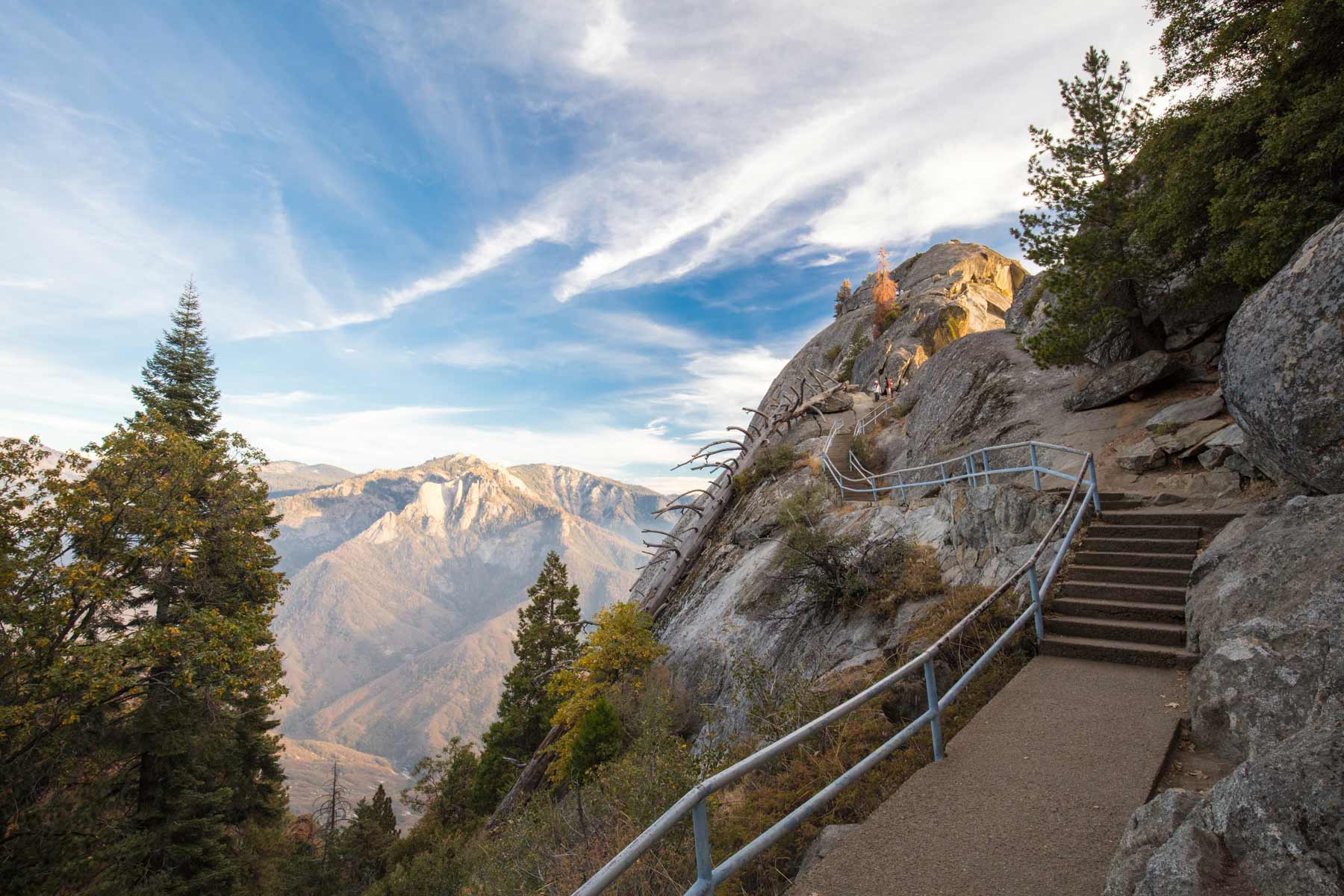
Some basic facts about Sequoia National Park include the following:
- Location: California
- Acreage: 328,315 acres
- Visitation: More than 1 million visitors come to take in the sights and experience the sequoia groves each year.
- Highest Elevation: Encompassing a vertical relief of nearly 13,000 feet (4,000 m), the park contains the highest point in the contiguous United States, Mount Whitney, at 14,505 feet above sea level.
- Lowest Elevation: The lower elevations of Sequoia National Park, up to about 4,000 feet in elevation. Forests of sequoias and other conifers in Sequoia, between about 5,000 and 7,000 feet in elevation.
- Average annual precipitation: These elevations receive an average of 40 to 45 inches of precipitation annually. Much of this falls during the winter, resulting in a deep blanket of snow from December to May.
- When Did It Become A National Park? Sequoia National Park was established on September 25, 1890, making it our country’s second national park. [Please Note:: Fifty years later, on March 4, 1940, Congress established Kings Canyon National Park, which is adjacent to the north boundary of Sequoia.]

CHECK OUT: 15 EPIC Things To Do At Sequoia National Park
Sequoia National Park Facts
Top 5 Sequoia National Park Facts
1. Native Americans Were The First To Occupy The Southern Sierra
As a retired history teacher and a lifelong history buff, I have always been fascinated by origin stories. When I research and write about the interesting facts associated with America’s national parks, I like to begin by considering who were the original “tenants,” so to speak, of these magnificent places.
One of the amazing Sequoia National Park Facts concerns the earliest peoples who continue to call the park home today.
Before the arrival of white settlers, Sequoia National Park was permanently occupied in its western half by the Balwisha group of the Western Mono while its eastern half was summer hunting territory of the Tubatulabal.
Individuals from the Owens Valley Paiute to the east and the Yokuts to the west likely visited the area from time to time.
What’s particularly fascinating is that along the high peaks of the Sierra Range, different Native American groups established a fairly intricate network of trading relationships, which not only brought them into contact with one another, but also allowed them to trade a variety of critically important trading items.
These items included: salt, pine nuts, mineral paints, obsidian as well as other important items. Other commodities traded included: fresh and saltwater shells, acorns, manzanita berries and bear skins.
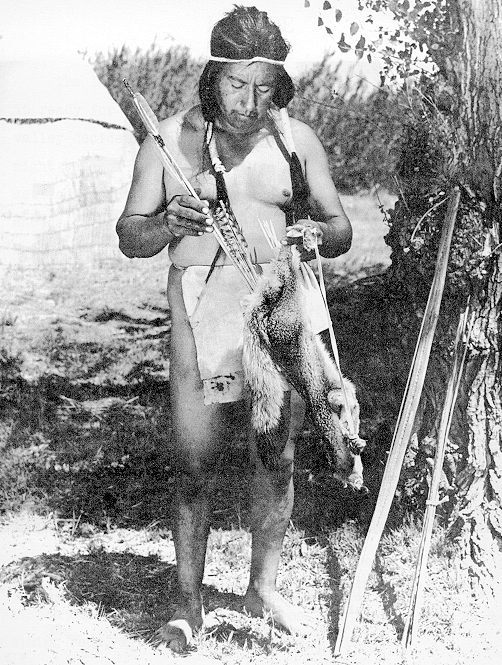
Indigenous Peoples Who Remain
According to the National Park Service, the displacement and often forced relocation and reorganization of Native peoples have much affected their relationships with lands in the parks.
Nonetheless, these tribes all have numerous descendants living today who continue to steward and tend to the lands now within Sequoia and Kings Canyon National Parks.
Federally recognized tribes who remain in the region today include the following:
- Big Sandy Rancheria Band of Western Mono Indians
- Bridgeport Indian Colony
- Cold Springs Rancheria
- Fort Independence Indian Community of Paiute Indians
- Fort Mojave Indian Tribe
- North Fork Rancheria of Mono Indians
- Picayune Rancheria of the Chukchansi Indians
- Santa Rosa Rancheria Tachi-Yokut Tribe
- Table Mountain Rancheria
- Tejon Indian Tribe
- Tule River Tribe
- Big Pine Band of Owens Valley Paiute Shoshone Indians
- Bishop Paiute Tribe
- Paiute-Shoshone Indians of the Lone Pine Community
- Utu Utu Gwaitu Paiute Tribe of the Benton Paiute Reservation

CHECK OUT: 20 BEST California National Parks Ranked
2. The First Non-Native To Inhabit Sequoia Built A Log Cabin Which Remains To This Day
One of the more intriguing Sequoia National Park Facts concerns the first non-Native American settler in Sequoia National Park.
In 1861, Hale Tharp built a cabin in a tree, making him the first non-Native American to live in the Giant Forest.
He grazed cattle in these meadows in the summer and near Horse Creek, in the foothills, in the winter.
John Muir stopped here in 1875, the same year he named this grove “The Giant Forest.” Muir and his mule, Brownie, found Tharp quite hospitable.
Tharp’s Cabin is the oldest pioneer cabin remaining in Sequoia National Park.

CHECK OUT: 10 BEST Revolutionary War Sites In America
It is always pleasant to meet one of our own species after solitary rambles, and I stepped out where I could be seen and shouted, when the rider reined in his galloping mustang and waited my approach. He seemed too much surprised to speak until, laughing in his puzzled face, I said I was glad to meet a fellow mountaineer in so lonely a place. Then he abruptly asked, “What are you doing? How did you get here?” I explained that I came across the cañons from Yosemite and was only looking at the trees. “Oh then, I know,” he said, greatly to my surprise, “you must be John Muir.”
-John Muir describing his encounter with hale tharp in 1875
3. A Logger Turned Conservationist Became Sequoia’s First Superintendent
In doing the research for this article for More Than Just Parks, I have come across so many interesting people who played such an important role in the establishment and successful operation of Sequoia National Park.
I don’t want to minimize the importance of the park’s flora and fauna, which is magnificent, but to understand and appreciate the story of this amazing place I believe it’s important not to forget about the contributions of these amazing people who did so much to preserve and protect these wonderful places.
Our next Sequoia National Park Fact involves a logger who became a conservationist. Talk about having an epiphany!

Enter Walter Fry
According to the National Park Service, in 1888, Walter Fry came to know the sequoias as a logger, having left hardship in the Midwest for a new life in the Sierra.
After spending five days with a team of five men sawing a single sequoia, he counted the growth rings on the fallen giant. The answer shocked him into changing careers. In just a few days they had ended 3,266 years of growth.
Two years later a petition was circulating calling for a new national park to protect the sequoias. The third signature was Walter Fry’s.
Fry moved his family from the San Joaquin Valley to Three Rivers after the park was created in 1890, making it easier to pursue his interest in this beautiful area.
Although the military ran the park then, in 1901 civilian Fry was hired as road foreman. In 1905 he became a park ranger.
By 1910, Fry was Chief Ranger, managing the parks for the military superintendents that were appointed to supervise each summer.
When the Army gave up taking care of the parks in 1914, the choice for civilian superintendent was a clear one. Fry went on to lead the parks through challenging times—a world war and the creation of the National Park Service.

U.S. Magistrate & Naturalist
Walter Fry’s story would have been amazing had it ended there, but it didn’t. In 1920, he became a U.S. Magistrate for Sequoia & Kings Canyon National Parks.
Given his years of knowledge and expertise, he was able, as his successor noted, “to enforce park regulations with such sympathetic insight into the needs of visitors and residents that the enforcement has won friends for the Park Service.”
Fry’s greatest contribution, however, would not be as a ranger, superintendent or U.S. Magistrate. In 1922, he became the first Nature Guide Service for the public.
Walter Fry created visitor contact programs which included guided walks, the establishment of a museum which showcased an expanded collection of wildlife and vegetation, and a thriving nature guide program.
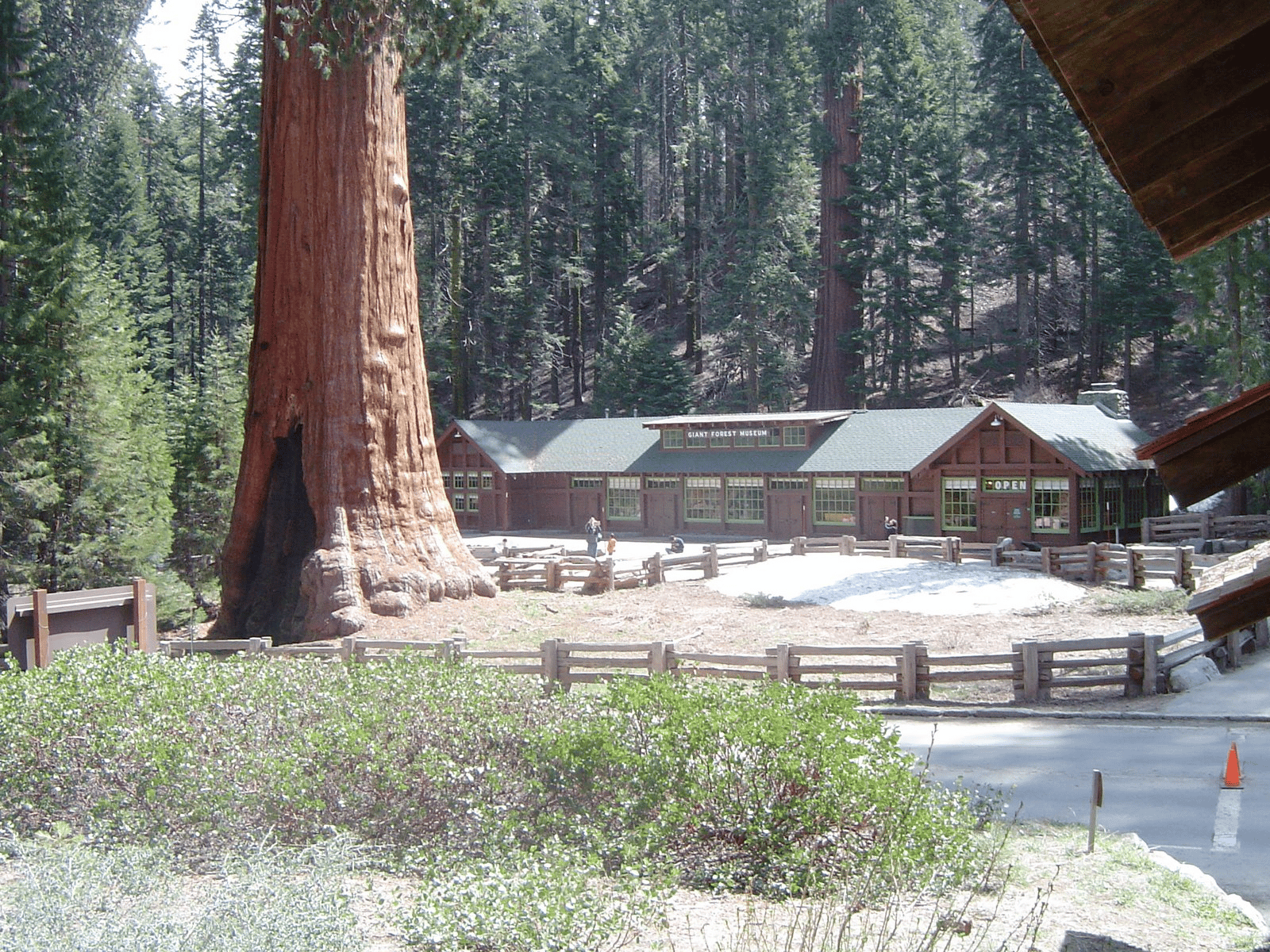
He Created The Position Of Naturalist
What Walter Fry did, in effect, was to create the position of “naturalist.” He provided a roadmap which enabled other national parks to offer insightful lectures, nature walks, campfire programs, interactive museums and so much more. In doing so, he was also educating the public as to what to expect when visiting a national park.
Fry’s efforts helped to ensure that our national parks would be places where nature, rather than amusement, came first.
In 1926, Fry’s growing program meant the hiring of three new naturalists. In that year alone more than 1,200 people attended nature walks and almost 18,000 participated in the nightly campfire programs.
Until he retired in 1930 at the age of 71, Walter Fry continued to offer walks, write nature bulletins and organize visitor centers; the thousands of visitors he touched in turn became ambassadors for the landscape he loved so much.
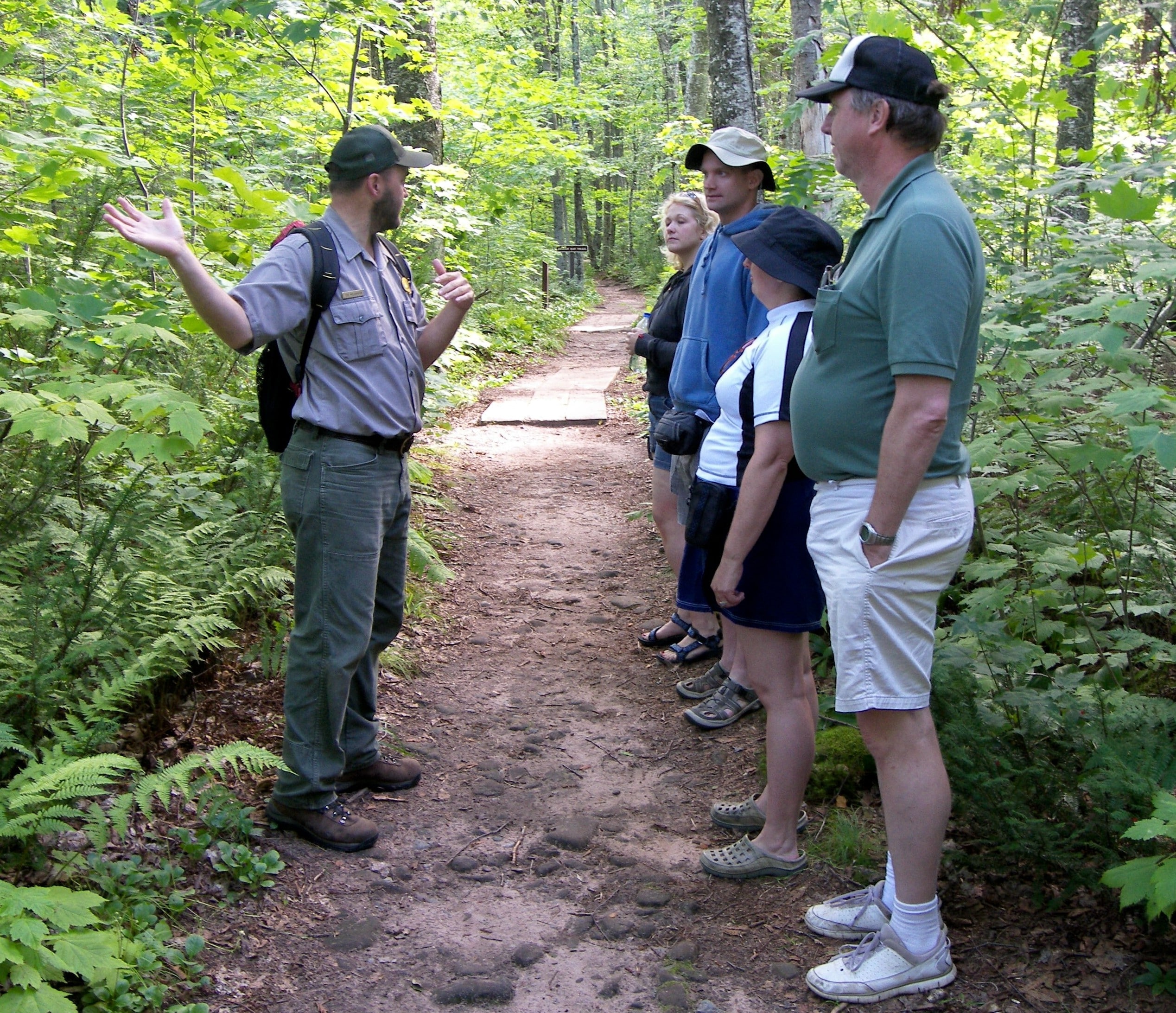
CHECK OUT: 10 BEST Civil War Sites In America
4. Sequoia Had The First African American Superintendent Of A National Park
For almost 30 years, I taught high school history. What impresses me most about the field of history are the amazing stories of men and women whose contributions changed the course of human events. In doing so, they helped to bring about the world we have today.
The people we know, however, are relatively few when compared to the ones we don’t. In researching these articles for More Than Just Parks, I realize that the people we don’t know anything about can be just as interesting.
A case in point is Colonel Charles Young.
He Lived A Truly Extraordinary Life
Born as a slave during the American Civil War, Charles Young lived a truly extraordinary life. He was the first African American to graduate from a white high school in Ohio.
In 1884, Young defied the odds winning an appointment to West Point through a competitive military examination.
After confronting the racism which was typical of his era, Young emerged as only the third African American to graduate from West Point–America’s most prestigious military academy.
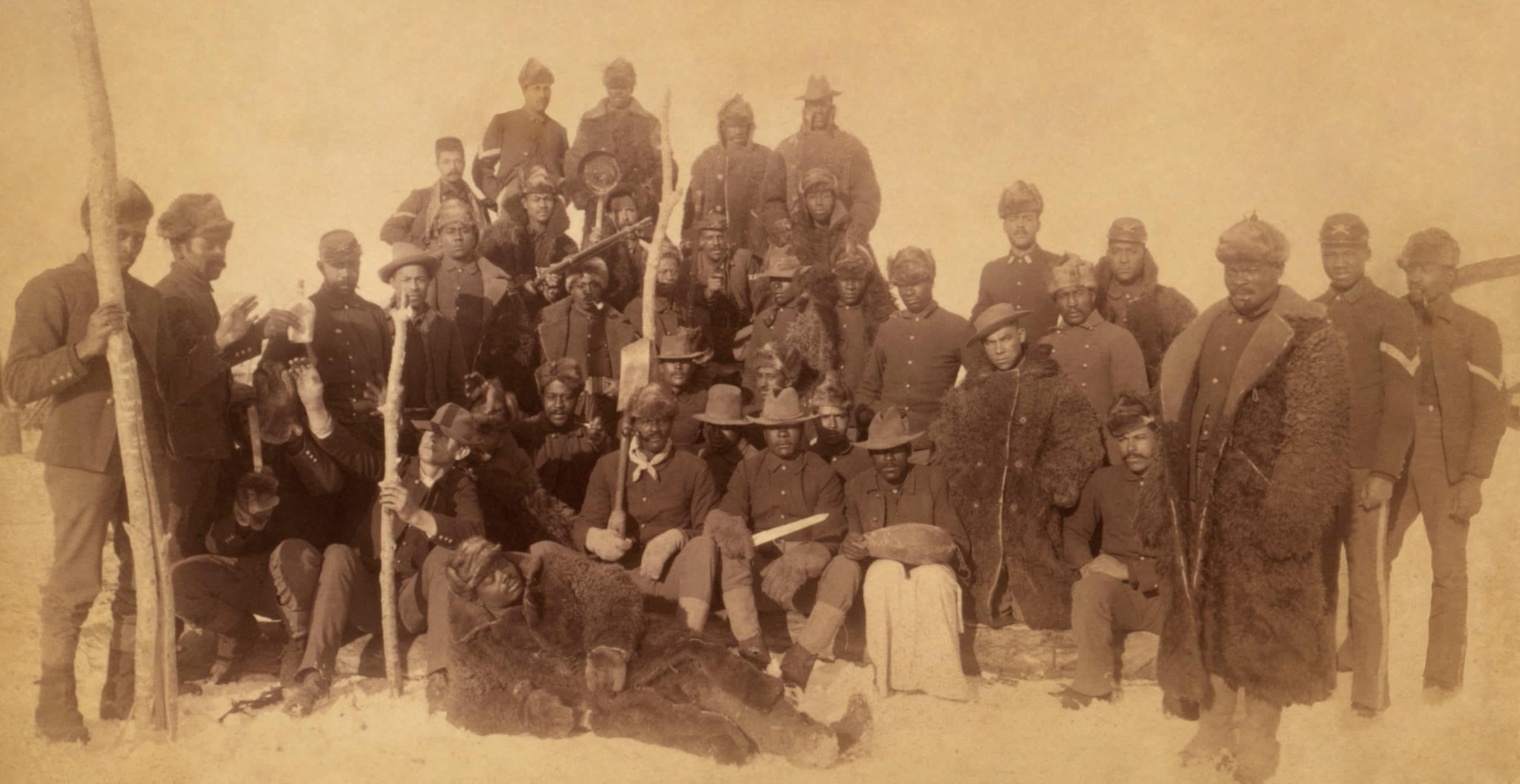
Superintendent Of Sequoia & General Grant National Parks
Young served as a cavalry officer. He then became the captain of an all-black regiment at San Francisco’s Presidio. Young rose through the military ranks to become one of the most respected leaders of his time.
His career path would take an interesting turn, however, when managing the national parks became the responsibility of the U.S. Army beginning in 1891.
Young was assigned to take his troops to Sequoia and General Grant (what is now Sequoia National Park and a small portion of Kings Canyon National Park).
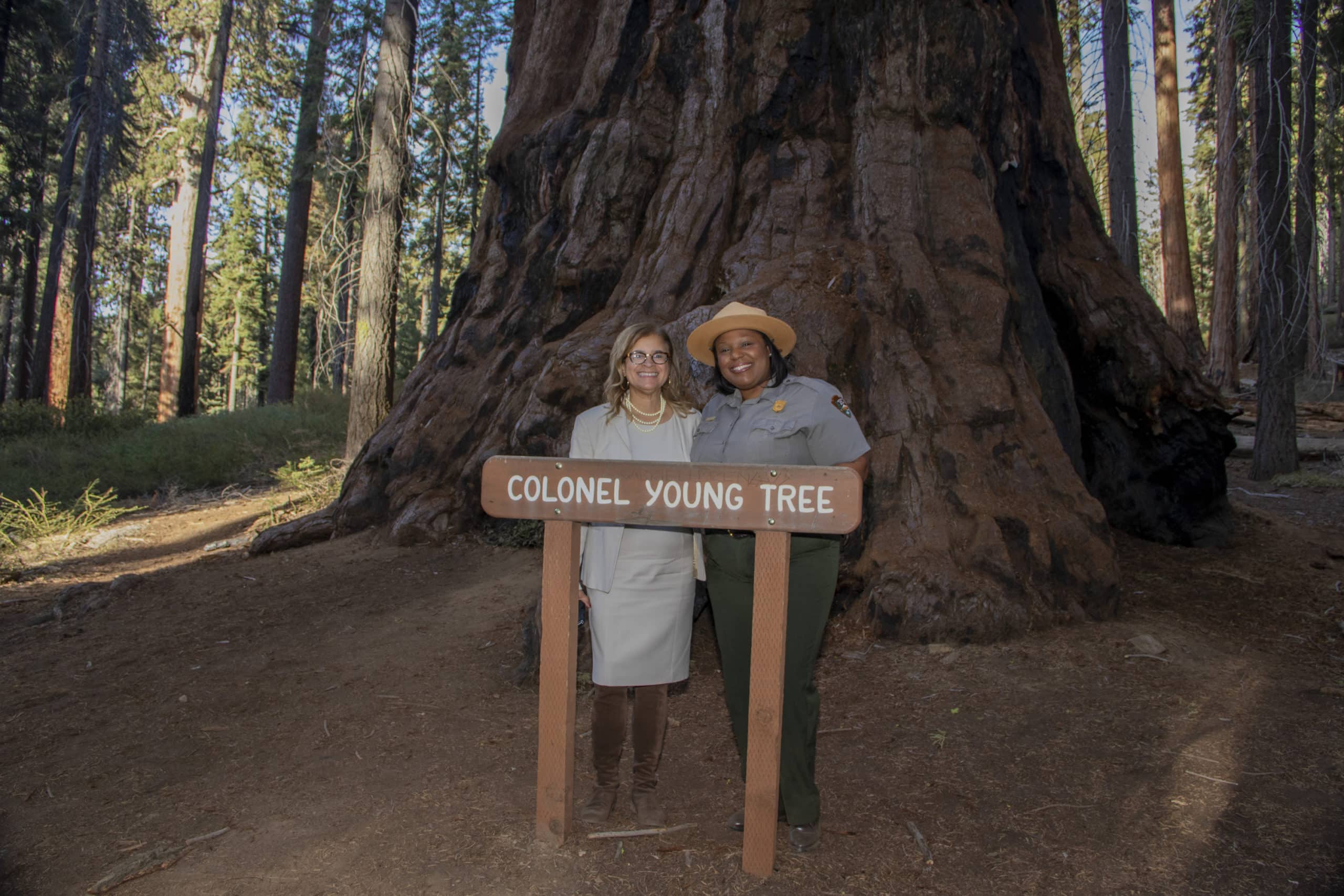
Success is to be measured not so much by the position that one has reached in life as by the obstacles which he has overcome while trying to succeed.
-Booker T. Washington
Take A Deeper Dive
To learn more about this extraordinary American, I recommend: Black Officer in a Buffalo Soldier Regiment: The Military Career of Charles Young by Brian G. Shellum.
To learn more about the U.S. Army’s management of the national parks check out: A Brief (& Informative) History Of America’s National Park Rangers
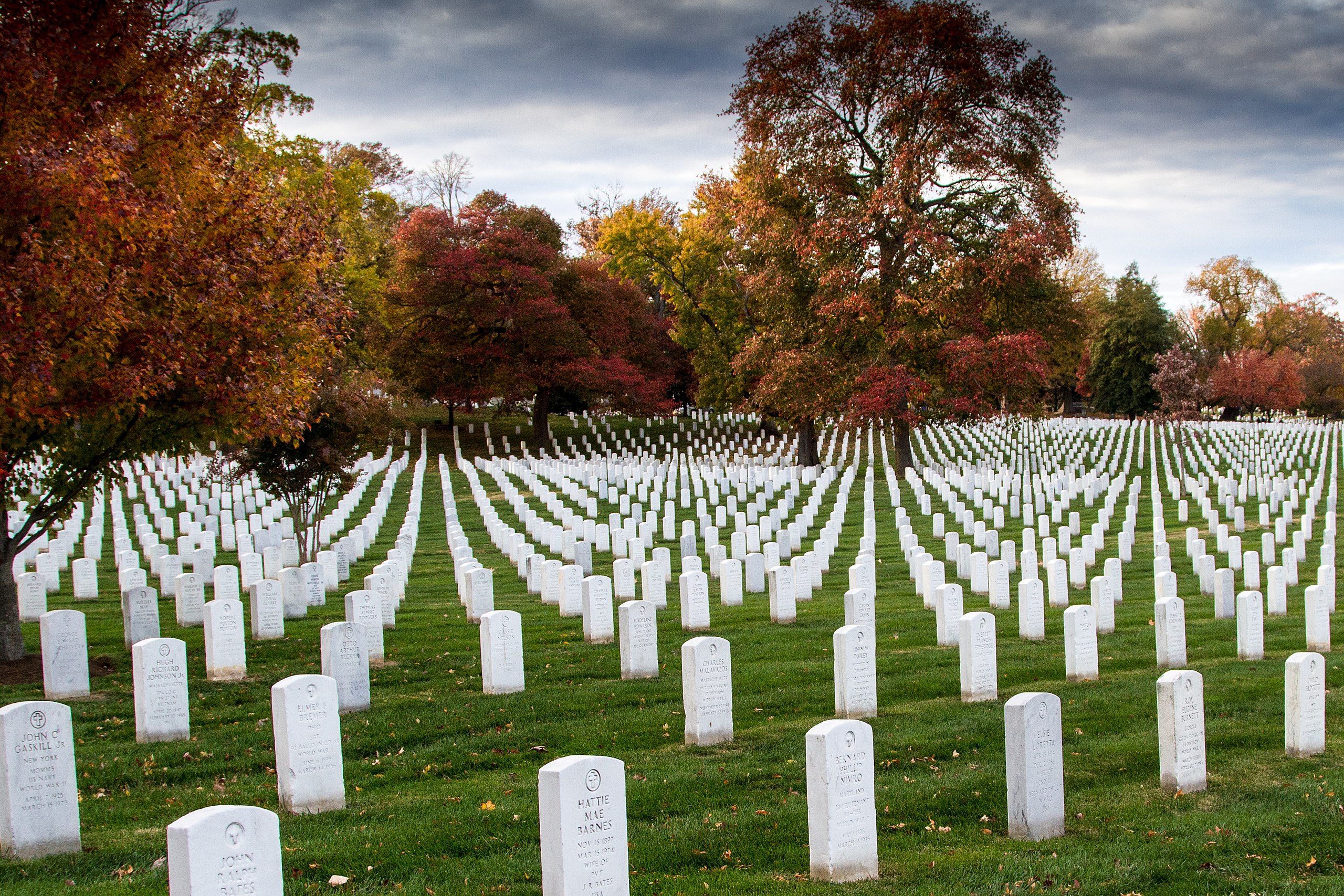
CHECK OUT: 20 BEST Black History Sites In America For You To Visit
5. Sequoia National Park Features The Tallest Mountain In The Continental U.S.
Another of my favorite Sequoia National Park Facts has to do with a mountain. It’s not just any mountain however.
If you’re planning a visit to Sequoia National Park then you ought to see Mount Whitney even if you don’t intend to climb it. It’s the tallest mountain in the lower 48 states with an elevation of 14,505 feet.
It is the culminating summit of the Sierra Nevada. It’s located in eastern California on the Inyo-Tulare county line.
The peak is at the eastern border of Sequoia National Park, immediately west of the city of Lone Pine.
“The culminating peak of the Sierra” was discovered in 1864, by a California Geological Survey team, and named “Mt. Whitney” after the teams leader, Josiah Whitney. A member of the survey team, Clarence King, attempted to climb Whitney twice during their trip but was not successful.
Whitney was first successfully climbed in 1873 by Albert Johnson, Charles Begole, and John Lucas.
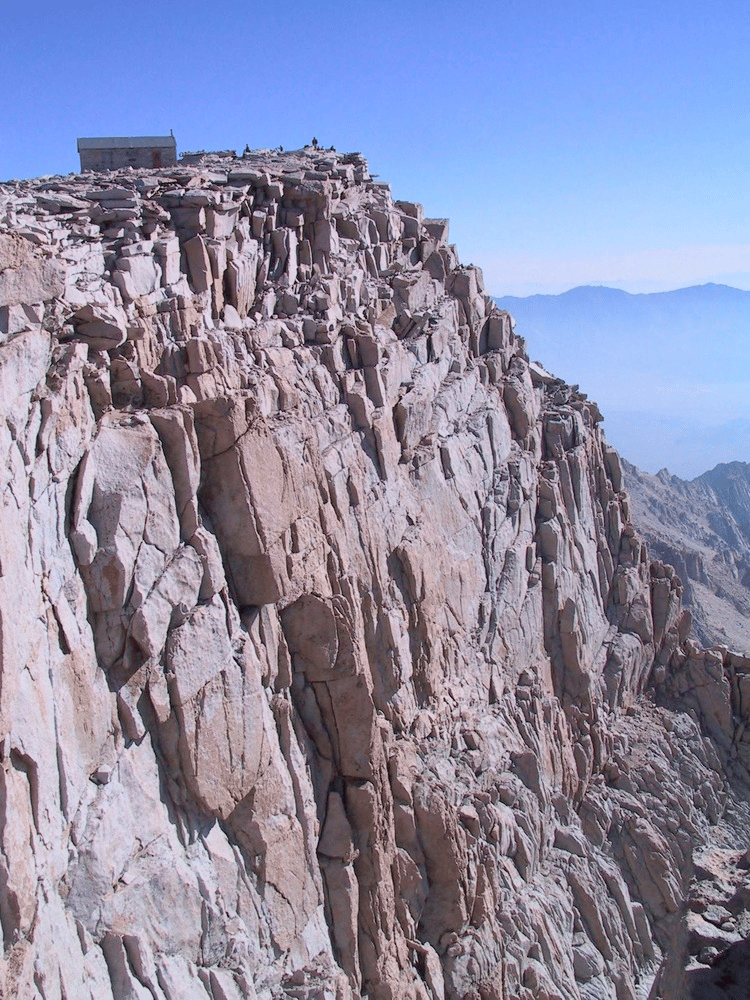
Top 10 Sequoia National Park Facts
6. Sequoia Produced A Mountain Climbing Legend
One of the more popular Sequoia National Park Facts has to do with a mountain climbing legend.
According to the National Park Service, Norman Clyde was attracted to the Sierra Nevada Mountains sometime after 1911 while in his mid-20s. The High Sierra was to become for him, as Walt Wheelock writes, “as familiar as one’s own backyard.”
Clyde spent more than 50 years perfecting his mental maps, locating crashed airplanes, and rescuing lost souls and climbers in trouble – or retrieving their bodies.
Clyde’s name was legendary. Many climbers would rank him second only to John Muir as an intimate pioneer of places inaccessible and second to none as a climber.
Apart from legend, few people knew much about this quiet man who minimized his achievements.
Asked about his climbing feats, Clyde might downplay them by saying they weren’t really so many when you considered that he was 350 years old.
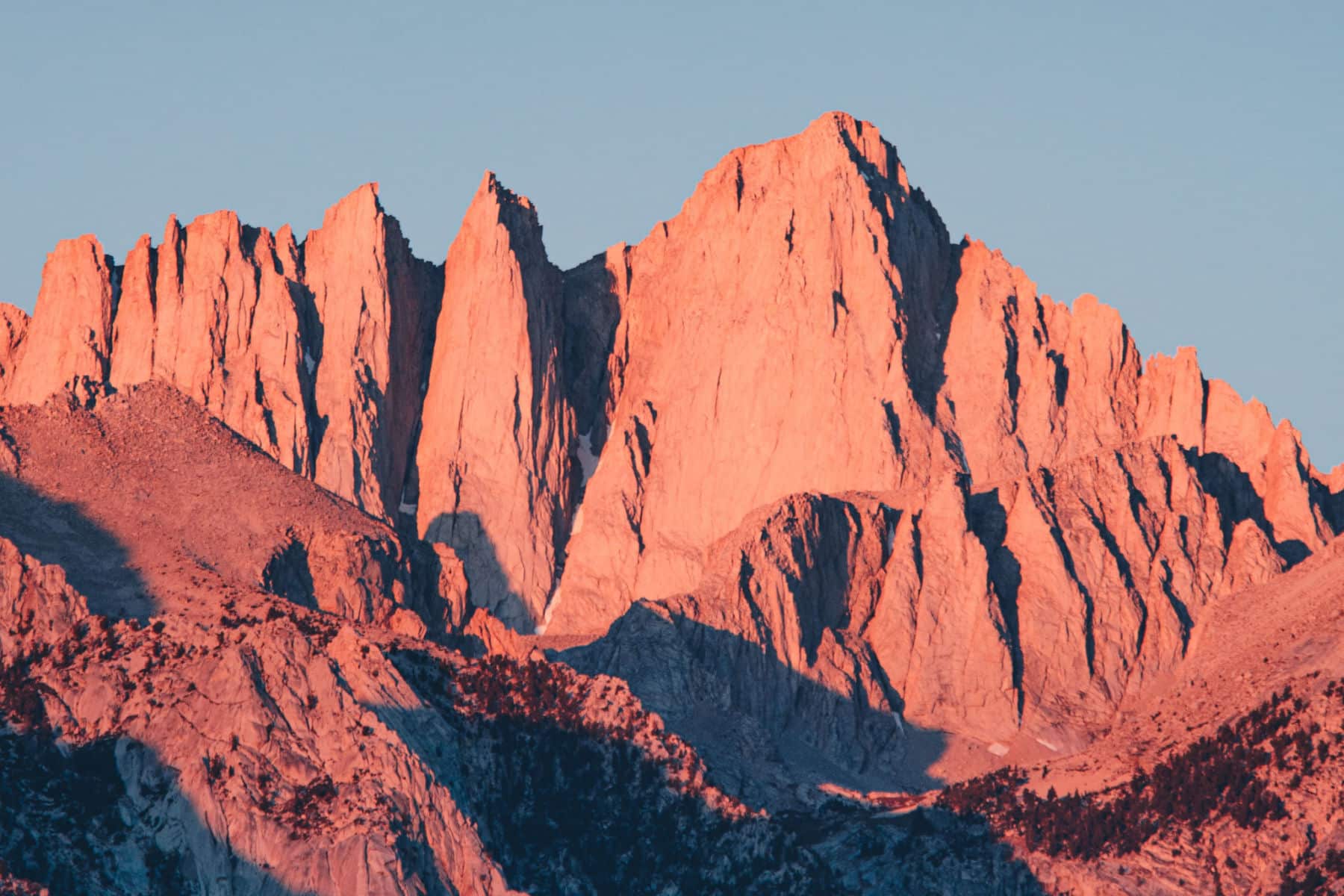
He Climbed Mt. Whitney At Least 50 Times
Norman Clyde was a renowned mountaineer and explorer who made many first ascents of peaks in the western United States.
He is known for climbing Mt. Whitney at least 50 times, and for being the first climber to reach the tops of at least 126 peaks between 1914 and 1940.
Two peaks, Clyde Minaret and Clyde Spires, were named in his honor. He climbed Clyde Minaret in June 1928 and Clyde Spires (north and south peaks) in July 1933.
If you’re interested in learning more about this mountaineering legend then I recommend: Close Ups of the High Sierra by the one and only Norman Clyde.

7. A Photographer Helped To Expand Sequoia National Park
We’re not finished yet with the stories of some truly amazing people connected with Sequoia National Park.
If a picture’s worth a thousand words then how many acres might it be worth?
In America, the 1920s were known as the “Jazz Age.” It was a time of economic prosperity, cultural transformation and bootleg gin.
It was also a time when women were making themselves felt in society.

Women Gained The Right To Vote
With the passage of the 19th amendment, women cast their first ballot for president in 1920. Their entrance into the workforce in increasing numbers signaled a battle for social liberation and equal rights.

One of these women would be Susan Priscilla Thew. In August of 1923, she decided to explore the wilderness of Sequoia and Kings Canyon National Parks.
A preservationist at heart, Susan Thew wanted to share the magic of these parks with a wider audience so she brought along a camera to capture some iconic images.
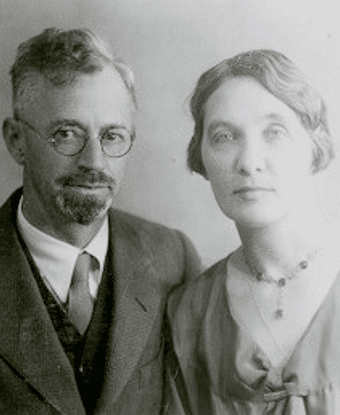
Her Pictures Made A Difference
Susan Thew originally came to California to escape the harsh winters of her native Ohio. Soon she fell in love with the Sierra Nevada range.
Learning of efforts to create a greater Sequoia National Park, she contacted Colonel John R. White, the park’s superintendent. She then proposed the idea of promoting the park to a wider audience.
Thus began the incredible travels of Susan Thew. Just as John Muir stirred peoples souls with his inspiring stories of the wonders of nature, Susan brought those wonders to life through her incredible photographs.
She covered hundreds of miles traversing some of the most rugged territory throughout the United States.
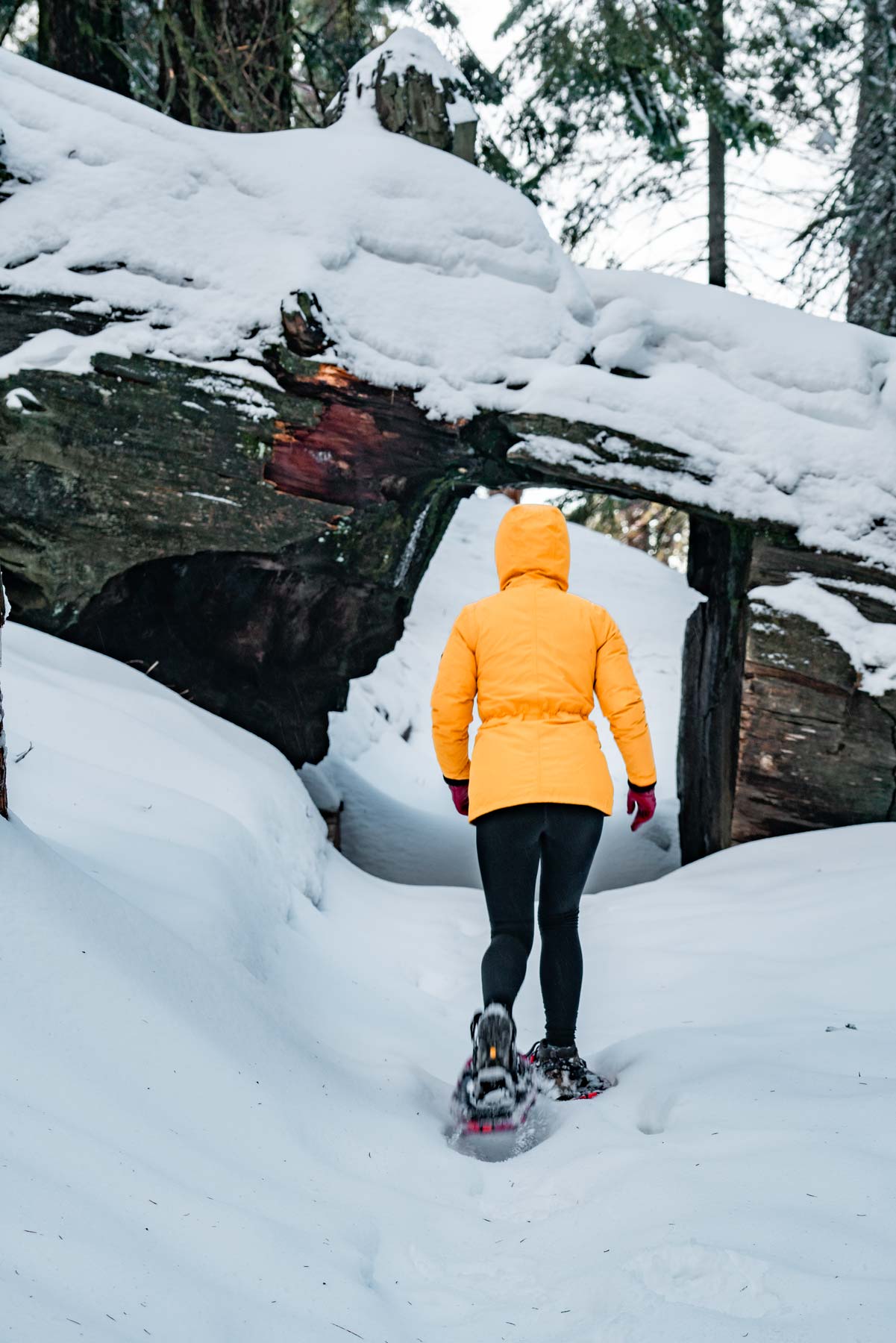
She Influenced Ansel Adams
A project which would take Susan Thew several summers culminated in a beautiful publication titled, “The Proposed Roosevelt-Sequoia National Park.” Her intended audience were the members of Congress. It was for them that she managed to convey a sense of what made these lands so special.
Through her efforts, Congress was able to pass a bill enlarging the park’s boundaries to include the Great Western Divide, the Kaweah Peaks, the Kern Canyon, and the Sierra Crest.
Susan Thew’s bold approach influenced Ansel Adams.
In 1940, Adams also created a portfolio of stunning images for distribution among members of Congress. Like Susan Thew, Ansel Adams efforts contributed to success in passing a bill creating Kings Canyon National Park.
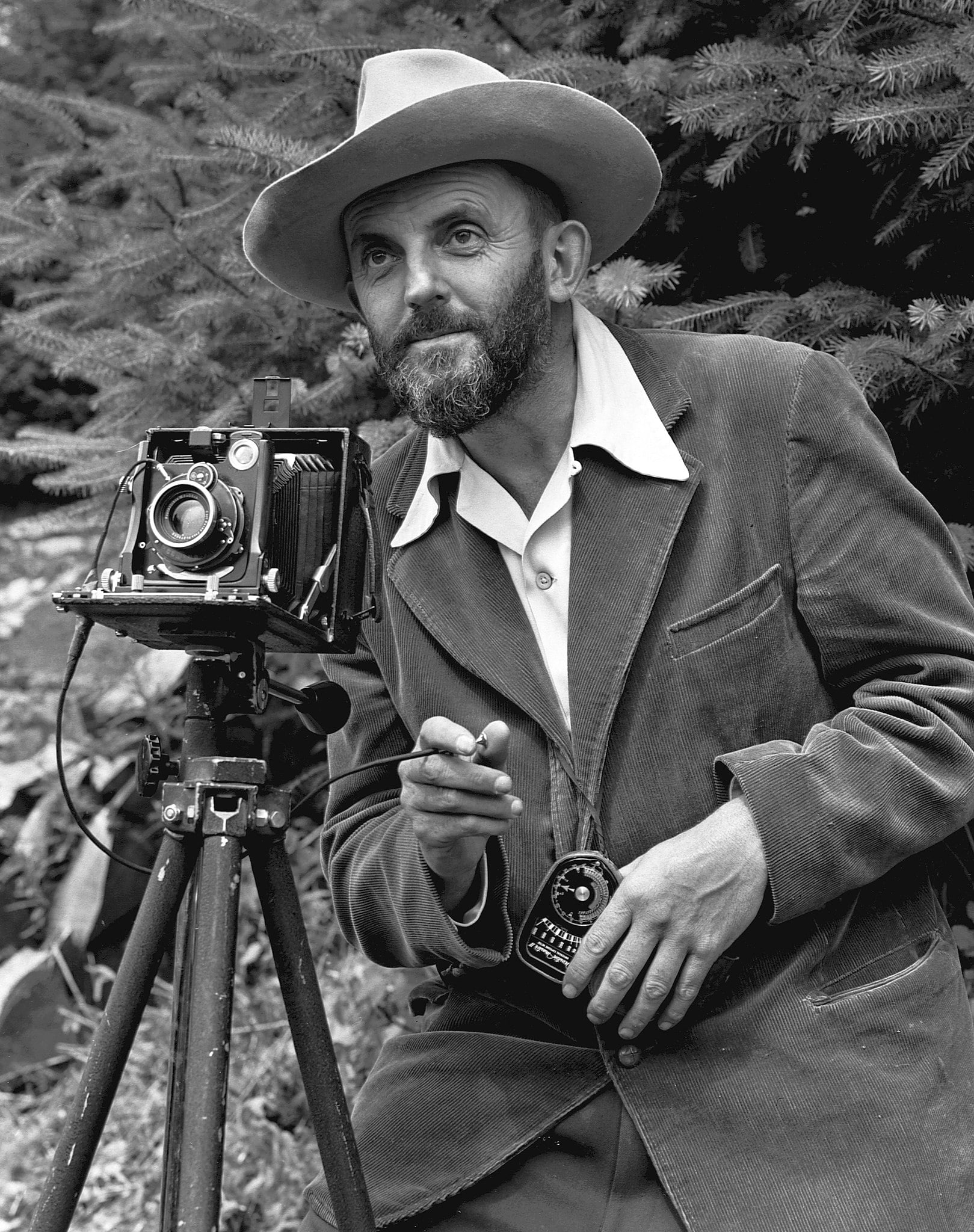
If you are weary with the battle, either of business or the greater game of life, and would like to find your way back to sound nerves and a new interest in life, I know of no better place than the wild loveliness of some chosen spot in the High Sierra in which, when you have lost your physical self, you have found your mental and spiritual re-awakening.
-Susan Thew
8. A British Officer Became Sequoia’s Most Successful Superintendent
In writing a history of America’s National Park Rangers, I came across one of the most interesting figures whom I have encountered in my research. It’s the story of a British officer who became Sequoia National Park’s most successful superintendent.
Colonel John White was that officer. White was an Englishmen who joined the Philippine Constabulary in 1901, and rose to rank of colonel. He retired in 1914, but that’s only the beginning of his story.
Between 1916 and 1917, White was in Europe working with the Red Cross and the Rockefeller Foundation.
He then became an American citizen and joined the American Expeditionary Force as a Signal Corps pilot during World War One.
White knew General John J. Pershing who was commander of the American Forces in Europe. He served as one of the provosts during the Paris Peace Negotiations in 1919.
After the war, White went to the National Park Service. He was eager to serve.
While the NPS could not offer him a job commensurate with his experience (e.g., park superintendent), he was glad to take the job of a park ranger in the Grand Canyon.
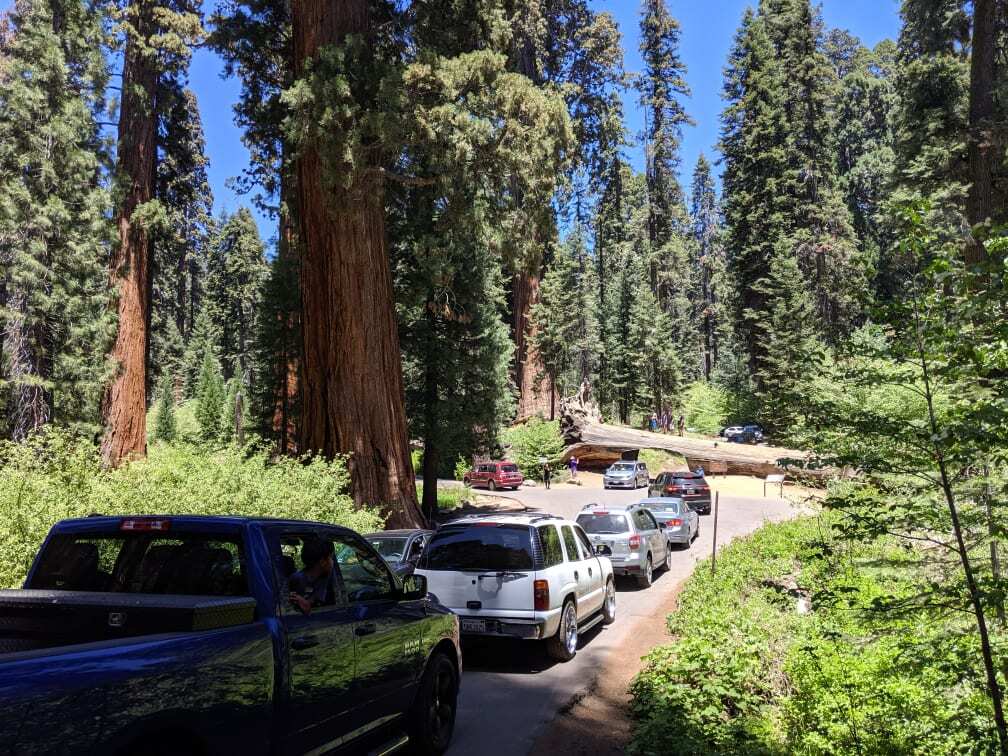
The Rest Of The Story
John White went on to Sequoia National Park where he replaced Walter Fry as the park’s next superintendent.
As Lary M. Dilsaver and William C. Tweed write in The Challenge Of the Big Trees, Colonel White faced an increasingly complex task; to control escalating development and, in fact, reduce it in some areas.
For the next seventeen years Colonel White, his staff at Sequoia, and the Park Service itself would dramatically reassess priorities and policies.
The authors note that Colonel White’s spirit and philosophy of atmosphere preservation replaced that of object preservation first at Sequoia and later nationally. In the process, the foundations of scientific inquiry and ecological preservation were laid as well.
At Sequoia, White’s experience, seniority, and personality would create a unique situation whereby policy initiation and impetus for change came from the local administration.
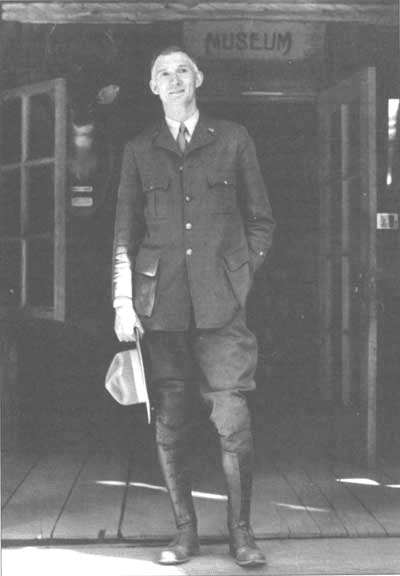
White went on to manage Sequoia National Park from 1920-1947.
In those years he implemented new conservation ideas that influenced national park policy and wilderness management in the United States.
His ideas and their successful implementation set the stage for the success which these parks have enjoyed ever since.

9. Sequoia Features 2 Of The Most Amazing Trails In The United States
If you’re someone who loves a good hike then you’ll love this next Sequoia National Park Fact.
The park features 2 of the most amazing trails in the U.S.
“Only by going alone in silence, without baggage, can one truly get into the heart of the wilderness. All other travel is mere dust and hotels and baggage and chatter.”
-john muir
John Muir Trail
Let’s begin with the John Muir Trail (JMT). The JMT is a 211-mile trail that runs through Sequoia and Kings Canyon National Parks in California.
The trail spans from Yosemite at one end to Mt. Whitney, the highest peak in the continental United States, at the other.
It was originally adopted by the California Legislature in 1915 when it appropriated $10,000 toward construction of a high altitude trail from Yosemite Valley to Mount Whitney. It took 18 years to complete this trail.
Of course, I haven’t told you what makes it so special, but have no fear because I’m about to.
The John Muir Trail passes through what many backpackers say is the finest mountain scenery in the United States.
This is a land of 13,000-foot and 14,000-foot peaks, of lakes in the thousands, and of canyons and granite cliffs. Hiking enthusiasts consider it to be the premier backcountry trail in California if not the entire United States.
If your planning to hike it then I recommend that you check out the National Park Service’s helpful website before doing so.

The High Sierra Trail
This trail is the Sierra Nevada’s most elaborate and ambitious project. It was one of Colonel John White’s pet projects and countless hikers have enjoyed it ever since.
The High Sierra Trail leads from Crescent Meadow up the canyon of the Middle Fork of the Kaweah River, crossing the Great Western Divide by the 10,700′ (3261 meters) pass known as Kaweah Gap. It descends into Big Arroyo, then climbs up to the Chagoopa Plateau, and drops down again into the Kern River Canyon.
After running up the bottom of the Kern Canyon, it turns east, climbing parallel to Wallace Creek up to the junction with the John Muir Trail, 49 miles from the starting point. You can then follow the John Muir Trail about 13 more miles to the summit of Mount Whitney.
To hike the High Sierra Trail, please obtain a Wilderness permit for the High Sierra Trail. (Source: NPS)
It’s worth noting that the High Sierra Trail was the first trans-Sierra trail built entirely for recreational purposes. It’s regarded as the highest quality trail in California if not the entire nation.
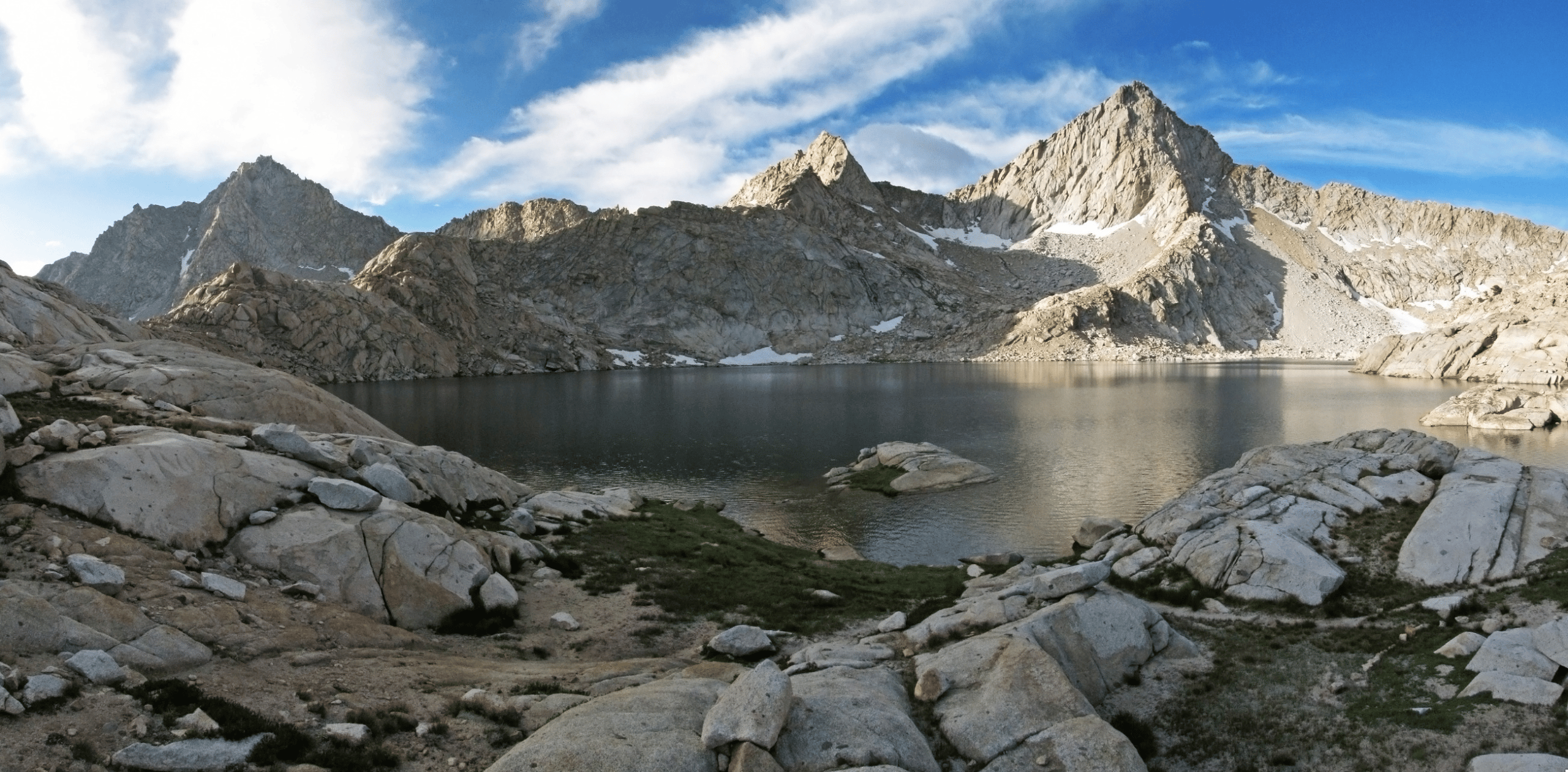
10. Sequoia Features A Tunnel Log & The Nation’s Christmas Tree
We move from trails to trees as we continue with our amazing Sequoia National Park Facts. Imagine a log that’s so big you can drive your car through it. At Sequoia National Park, you don’t have to imagine.
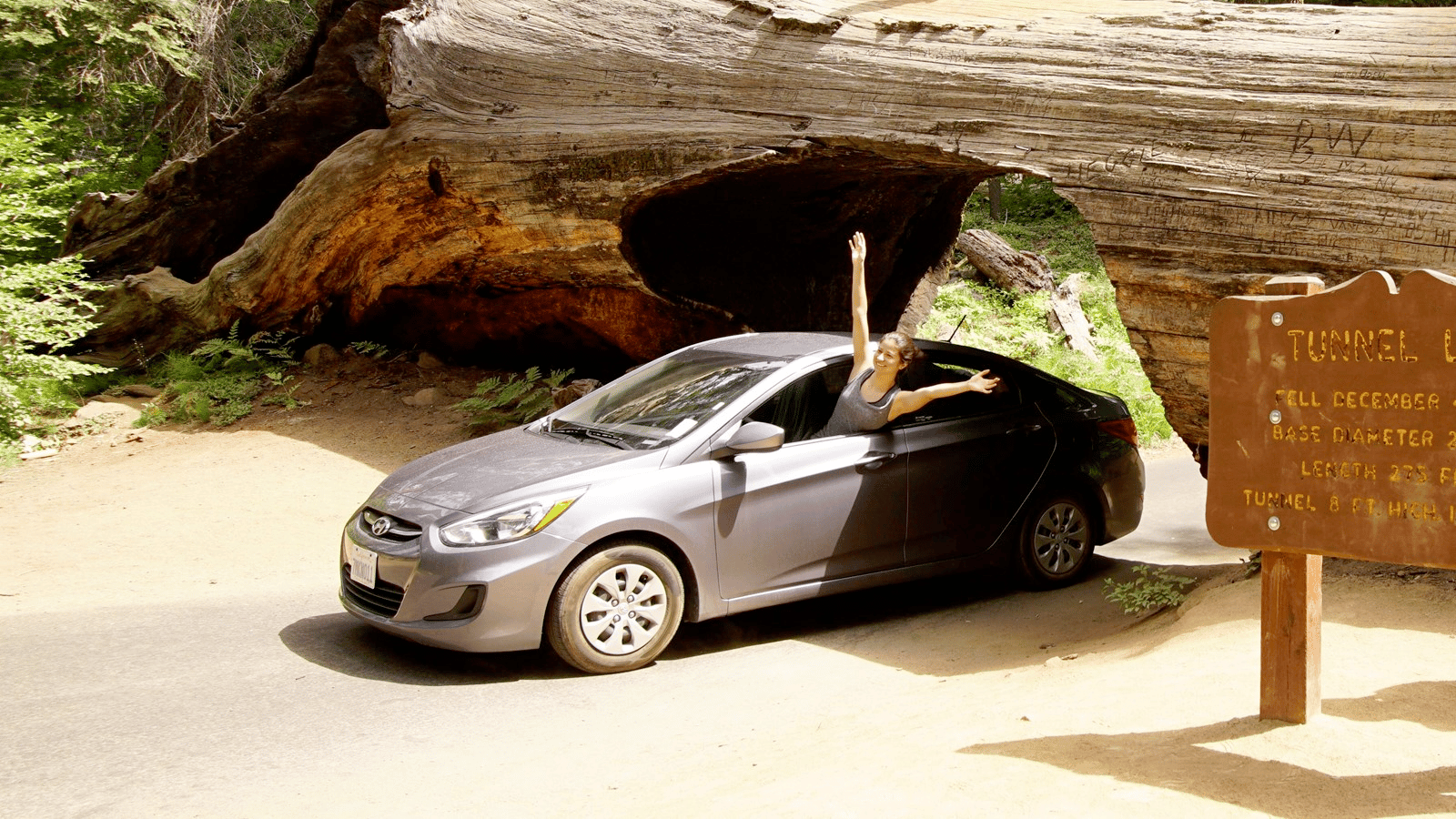
According to the National Park Service, this giant sequoia fell across the road in 1937.
Rather than remove it, Civilian Conservation Corps workers (the CCC) tunneled through it, creating the only “tree-you-can-drive-through” in these parks.

The Nation’s Christmas Tree
The General Grant Tree is the largest giant Sequoia tree in the General Grant Grove section of Kings Canyon National Park. It is the second largest tree in the world.
So how did this tree get its name? This is a story that’s not without controversy. Lumberman Joseph Thomas Hardin discovered the tree in 1862. He claimed to have named it to honor then Civil War General U.S. Grant.
Most park historians, however, give the credit for naming the tree to Lucretia P. Baker who camped near the tree with her family on August 20, 1867.
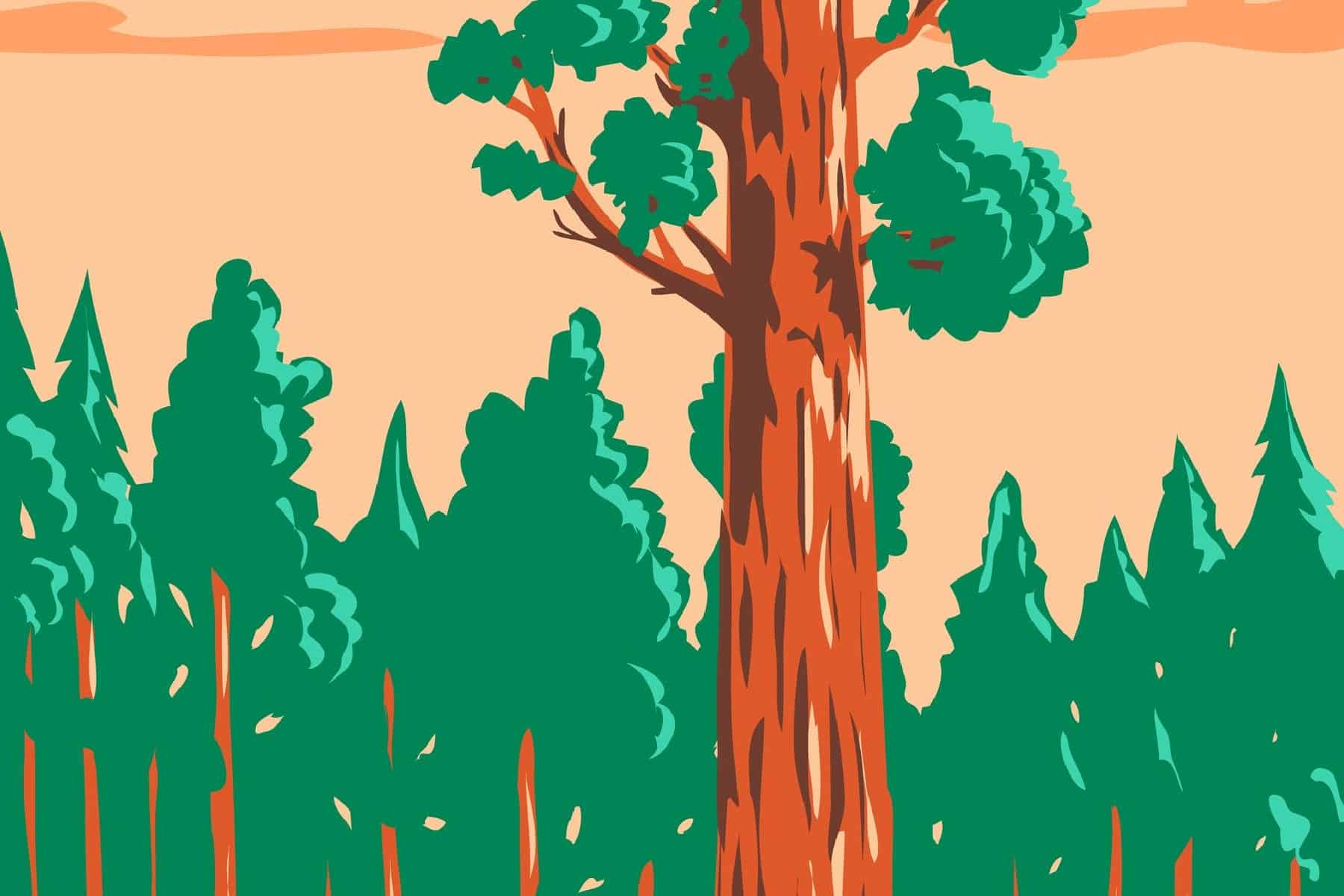
Whether it was named in 1862 or 1867, there’s no debate that it was named after the victorious Civil War General Ulysses S. Grant.
On April 28, 1926, President Calvin Coolidge named the General Grant Tree the “Nation’s Christmas Tree.” At the time, it was thought to be the largest tree in the world.
In 1931, however, precise measurements indicated that the General Sherman Tree was slightly larger. For once, it appears that Sherman went father than Grant.

CHECK OUT: GENERAL GRANT TREE – EVERYTHING YOU NEED TO KNOW ABOUT THE WORLD’S SECOND LARGEST TREE
Top 15 Sequoia National Park Facts
11. Sequoia Features The Nation’s Largest Tree
The General Sherman Tree, located in Sequoia National Park, is widely considered to be the largest tree in the world. This massive tree is a giant sequoia, a species of tree known for its enormous size and long lifespan.
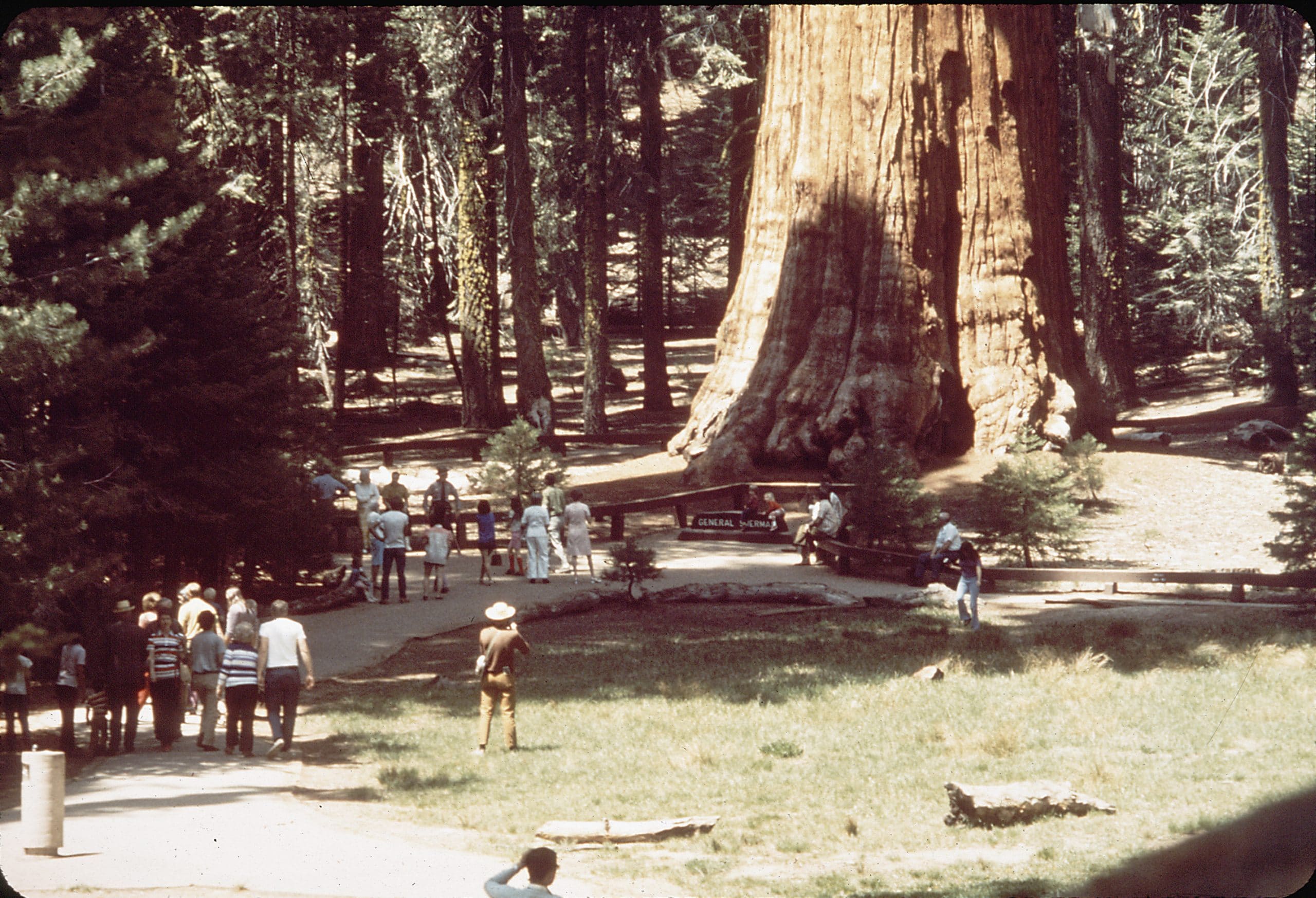
The General Sherman Tree stands at a height of 275 feet (83.8 meters) and has a diameter of 25 feet (7.7 meters) at its base. Its estimated age is between 2,300 and 2,700 years old, making it one of the oldest living organisms on the planet.
Visitors to Sequoia National Park can see the General Sherman Tree up close by taking a short walk along a paved trail that leads to the tree’s base. The park also offers a variety of other activities and attractions, including hiking, camping, and stunning mountain scenery.

How Did the General Sherman Tree Get its Name?
How did the General Sherman Tree get its name? That’s an interesting story. In 1879, a cowboy and fur trapper by the name of James Wolverton is reported to have discovered the tree. It was the biggest tree Wolverton had ever seen.
Wolverton had served under General William Tecumseh Sherman as a lieutenant in the 9th Indiana Calvary. He therefore decided to name the tree after his commanding officer.
The tree itself is located on the General’s Highway with the second largest tree in the world (named after another general) located just down the road.
William Tweed set out to prove whether, in fact, this story is true. He writes, “Not until 1897, in fact, did soldiers first write down the name “General Sherman Tree” in a report. That summer, they placed a sign on the tree with that name.”
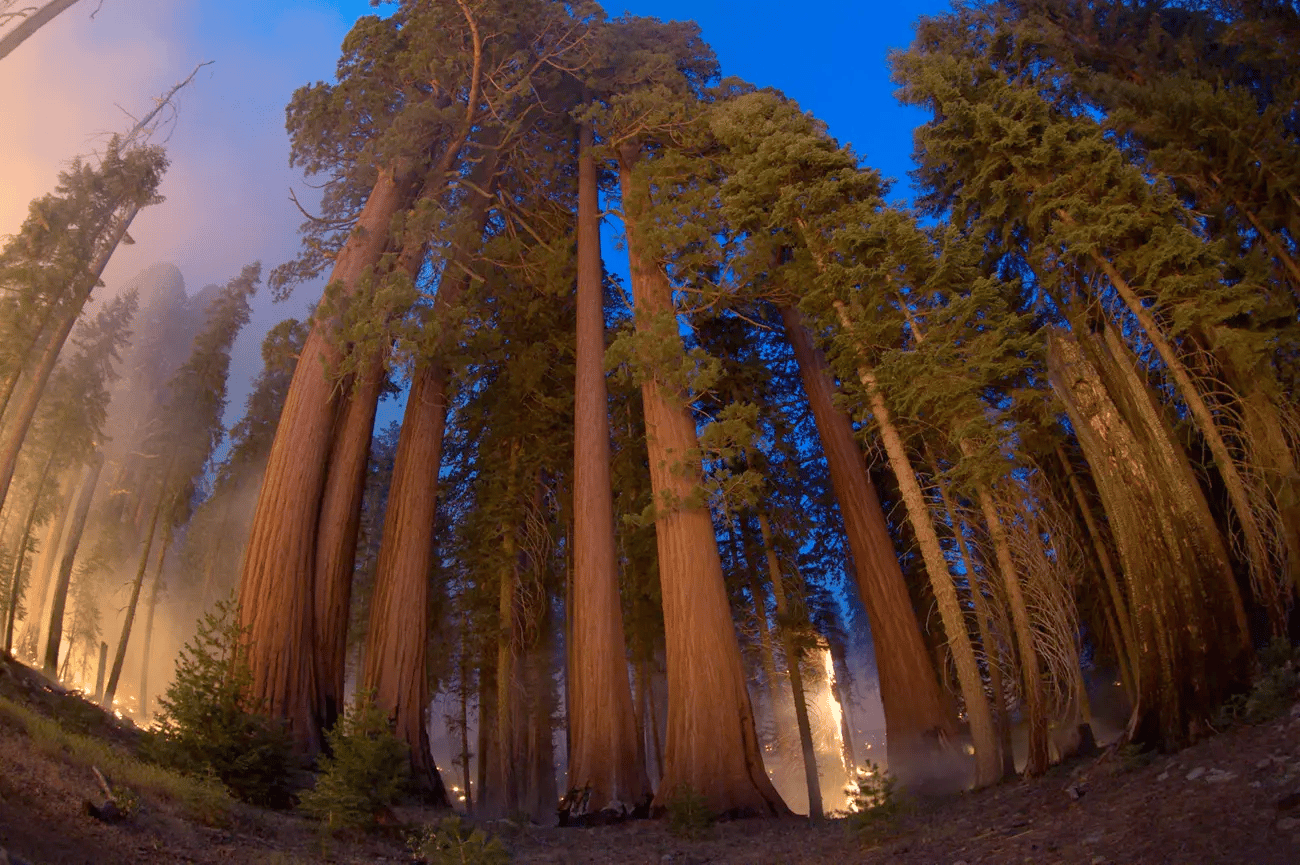
12. Over 95% Of Sequoia & Kings Canyon Are Wilderness
If you’re someone who likes to get away from it all then you’ll be thrilled by our next Sequoia National Park Fact. Over 95% of Sequoia and Kings Canyon are actually wilderness areas.
Thanks to the efforts of Susan Thew and others over the years, Congress expanded Sequoia and Kings Canyon National Parks to 1,353 square miles.
I’m a historian by background and training so perhaps a little history would be helpful. In September of 1964, President Lyndon B. Johnson signed the Wilderness Act.
This act made the preservation and protection of wild places a national priority.
Today, Sequoia and Kings Canyon National Parks currently protect over 808,000 acres of designated wilderness in addition to 29,500 acres of proposed wilderness.

CHECK OUT: Is It Time For Another Bipartisan Era Of Environmental Activism?
13. George W. Bush Was The First President Ever To Stay At Sequoia While In Office
The average male has 25% body fat. As President, George W. Bush had a a body fit of 14%. How did he do it?
According the the White House, he worked on an elliptical machine two days a week, lifted weights two days a week, ran an average of four miles four days each week and did regular stretching exercises.
George W. Bush was clearly one of our more physically fit presidents while in office. When jogging became too difficult as a result of knee surgeries, he later took up mountain biking. This man did not shy away from rugged physical exercise even on the hottest of days.
He was also the first president to visit Sequoia National Park while in office.
While there, President Bush took a walking tour of Moro Rock in Sequoia National Park on May 1, 2001.
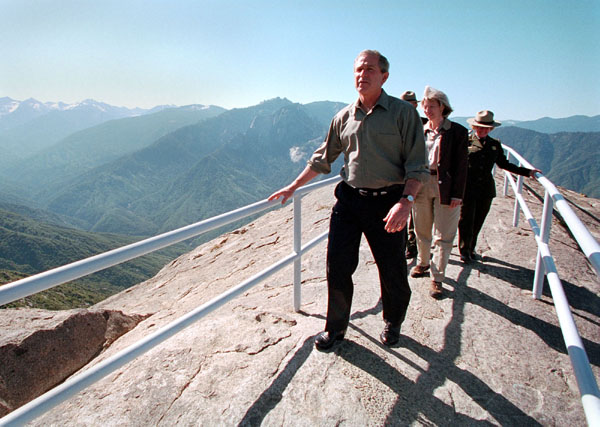
14. Sequoia National Park Has Featured Not Just One, But Two Incredible Hulks
Now here’s our most fun of the Sequoia National Park Facts. The park has featured not one, but two Incredible Hulks.
If you love to climb and you’re familiar with Sequoia National Park then you may know that the “Incredible Hulk” (a.k.a. “Ygdrasil”) is an 11,300 foot climb.
Experienced climbers consider it one of the best rock climbing experiences in the Sierra.
The rock quality is on a par with the best alpine granite anywhere, and the scenery is outstanding in the jagged Sawtooth Range of the Sierra, above Bridgeport.

What About The Other Incredible Hulk?
Oh, I have forgotten him either! In the 2003 film production of the Incredible Hulk, Eric Bana (“Black Hawk Down”) starred as scientist Bruce Banner, whose inner demons transformed him in the aftermath of a catastrophic experiment.
The film also features Jennifer Connelly who portrayed Betty Ross. Her scientific genius unwittingly helped unleash the Hulk.
Nick Nolte played Banner’s brilliant father, who passes on a tragic legacy to his son; and Sam Elliott portraysed the commander of a top-secret military research center.
Believe it or not, one of the filming locations was at Sequoia National Park. So, on that eventful day, visitors were treated to not one, but two Incredible Hulks!
As a Baby Boomer, I must confess that I’m more familiar with the Incredible Hulk who was played by Lou Ferrigno in the 1978 television series which ran on CBS for five seasons. In that series, Bill Bixby played Dr. David Banner.

CHECK OUT: Look Familiar? 25+ CLASSIC Movies Filmed In The National Parks
15. Sequoia National Park Was Where One Of The More Than Just Parks Co-Founders Got Engaged
Well, I’ve saved the best Sequoia National Park Fact for last though I won’t be upset if you disagree. Regarding my objectivity, I have none when it comes to this fact since I happen to have been the father of the groom.
In 2019, More Than Just Parks Co-Founder Jim Pattiz surprised his girlfriend by proposing to her in Sequoia National Park.
And, I’m pleased to report that she said “Yes.”
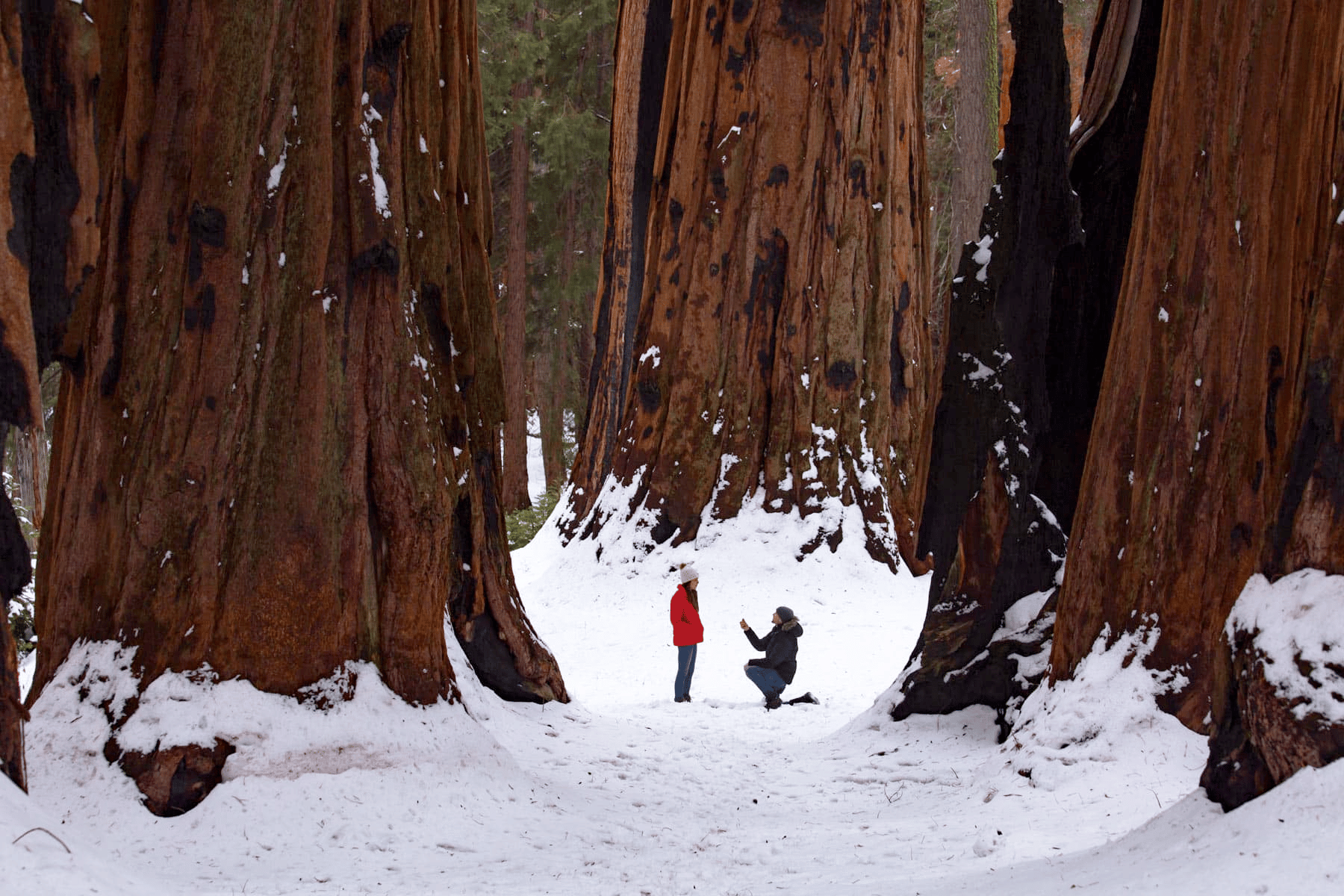
Why Trust Us About Sequoia National Park?
We’re Jim Pattiz and Will Pattiz, collectively known as the Pattiz Brothers (and sometimes the Parks Brothers) and we absolutely LOVE the national parks.
You should probably know that we don’t just make this stuff up out of thin air. We’ve spent our entire adult lives exploring and filming America’s national parks and public lands.
We’ve worked with the National Park Service, the Department of Interior, USDA, and the U.S. Forest Service for years creating films on important places and issues. Our work has been featured in leading publications all over the world and even some people outside of our immediate family call us experts on the national parks.

Meet The Parks Brothers
Map Of Sequoia National Park
15 Sequoia National Park Facts
- Native Americans Were The First To Occupy The Southern Sierra
- The First Non-Native To Inhabit Sequoia Built A Log Cabin Which Remains To This Day
- A Logger Turned Conservationist Became Sequoia’s First Superintendent
- Sequoia Had The First African American Superintendent Of A National Park
- Sequoia National Park Features The Tallest Mountain In The Continental U.S.
- Sequoia Produced A Mountain Climbing Legend
- A Photographer Helped To Expand Sequoia National Park
- A British Officer Became Sequoia’s Most Successful Superintendent
- Sequoia Features 2 Of The Most Amazing Trails In The United States
- Sequoia Features A Tunnel Log & The Nation’s Christmas Tree
- Sequoia Features The Nation’s Largest Tree
- Over 95% Of Sequoia & Kings Canyon Are Wilderness
- George W. Bush Was The First President Ever To Stay At Sequoia While In Office
- Sequoia National Park Has Featured Not Just One, But Two Incredible Hulks
- Sequoia National Park Was Where One Of The More Than Just Parks Co-Founders Got Engaged
We Hope You’ll Follow Our Journey

Our goal here at More Than Just Parks is to share the beauty of America’s national parks and public lands through stunning short films in an effort to get Americans and the world to see the true value in land conservation.
We hope you’ll follow our journey through the parks and help us to keep them the incredible places that they are. If you’re interested in joining the adventure then please sign up below!
Related Links
20 BEST California National Parks Ranked
7 Epic National Parks Near Lost Angeles You’ll Love
7 Amazing National Parks Near San Diego
8 Best National Parks Near San Francisco
7 Best National Parks Near San Jose
10 Epic Things To Do At Pinnacles National Park
15 Must-See Historic Sites In California
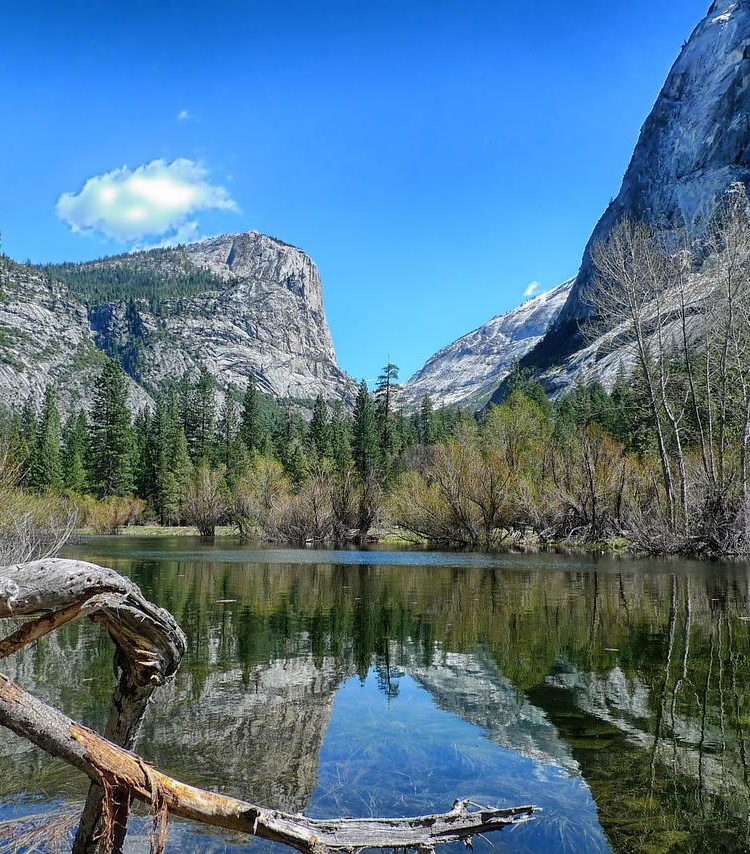
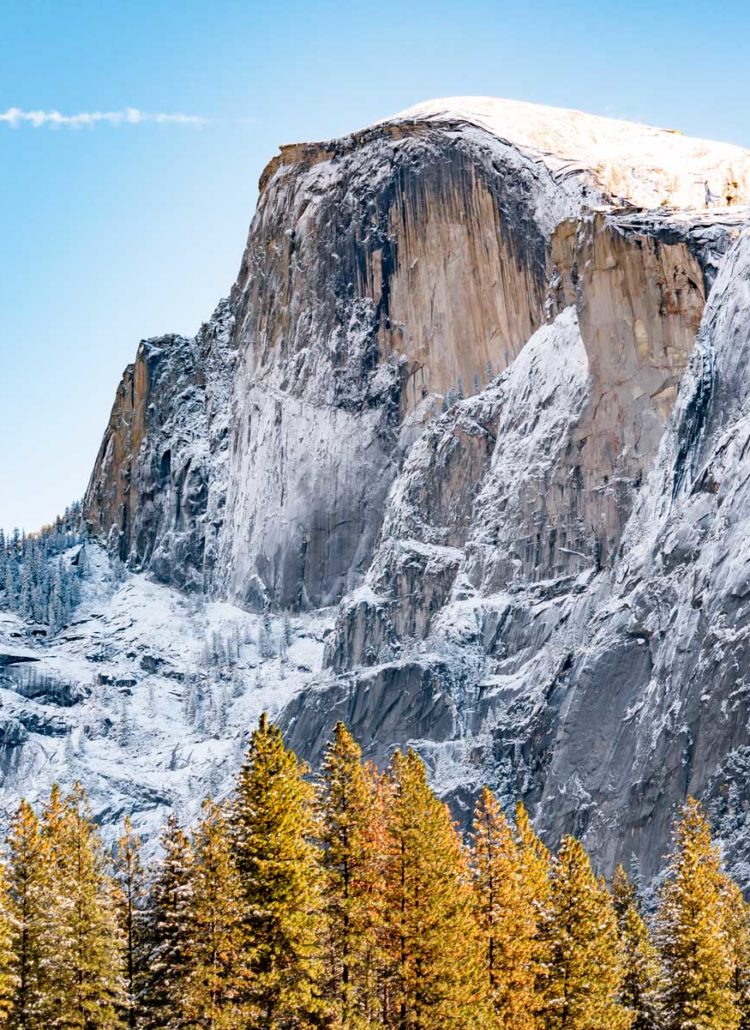
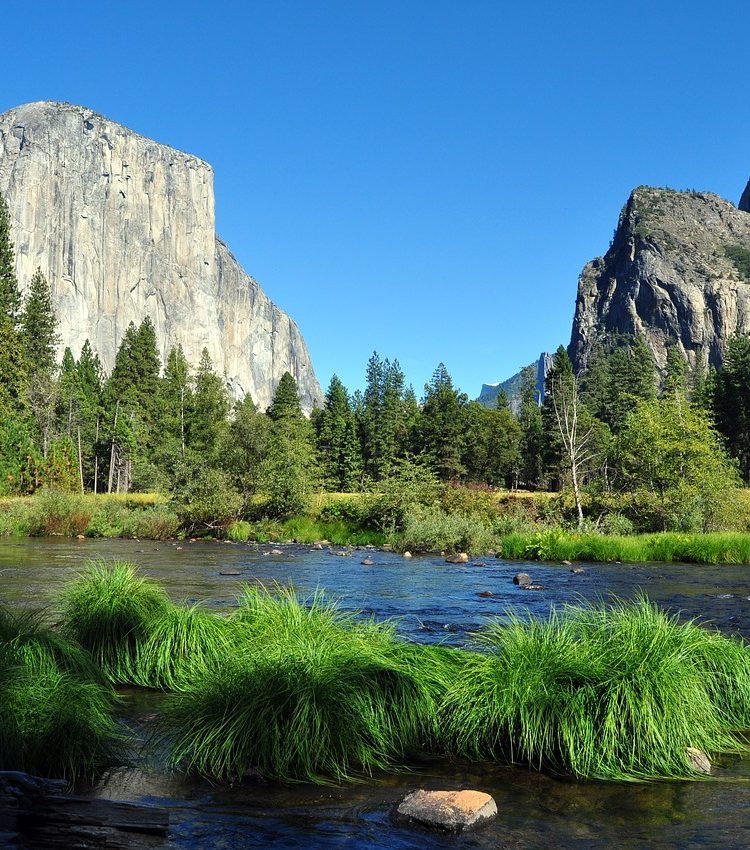


Leave a Reply